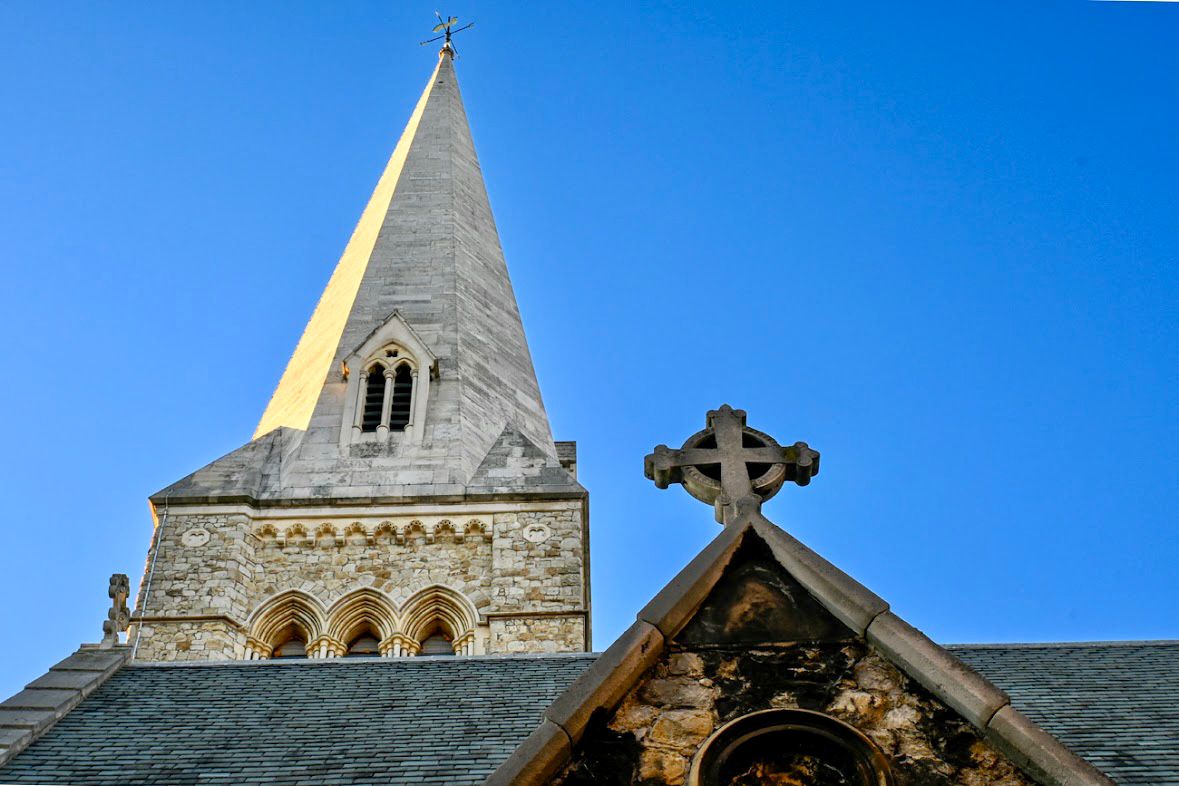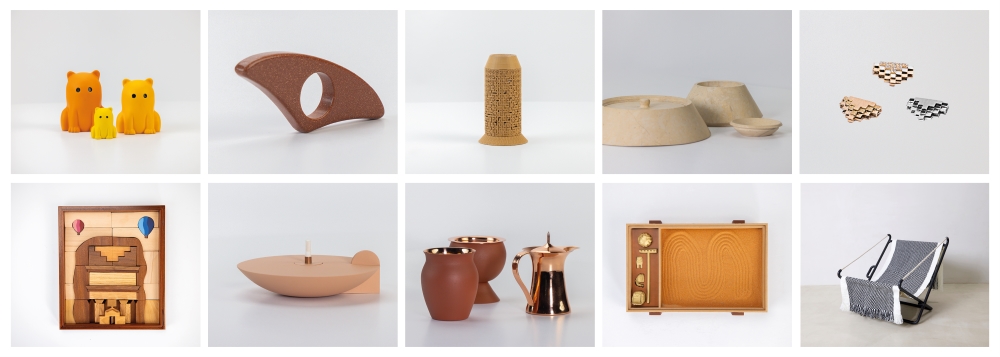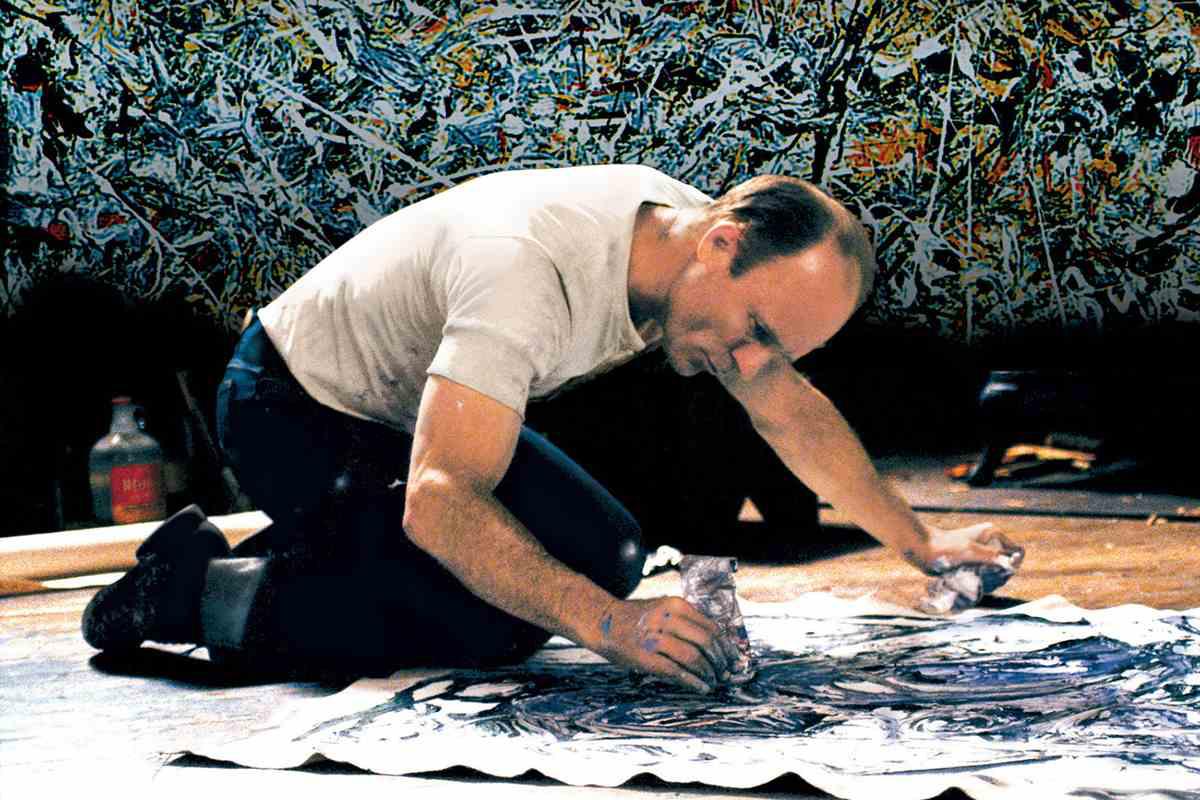Editorial by Nicolas Girotto, CEO of Bally
President of the Bally Foundation

Throughout its history, Bally has demonstrated a committed social vision and a great willingness to work closely with artists, architects, graphic designers and creatives of all origins. Today, thanks to the Foundation, the story continues through a diversified artistic and cultural offer, which aims to support creativity in all its forms and in particular to support young artists with, among other things, a residency program, and to involve a wide audience around the Foundation’s project, including the local and international community as well as the cultural and academic institutions.
We have undertaken considerable work to revitalize this place, and the preparatory phase of the project marked important milestones for its realization, such as the signing of the contract with Lugano City Hall in November 2021 – to who I would like to give special thanks for its trust and shared vision – as well as the pre-opening event on the 11th November, which was received with great enthusiasm.
Since November 2022, Vittoria Matarrese has taken over the management of the foundation. She has significant experience in the arts sector and an international profile, having held management positions at the Palais de Tokyo in Paris and the Villa Medici in Rome. Her skills and contemporary vision of continuous research for innovation are fundamental to the Bally Foundation’s evolution and activities such as the Bally Artist Award. With Vittoria’s appointment, the foundation’s program focuses on contemporary art and creativity through exhibitions and events, bringing together
emerging and established artists. In the near future, the residency program will also aim to strengthen links with the site’s area, gardens and history, welcoming artists from all over the world.
Links with the region and local institutions will be developed through specific initiatives, starting with increased collaboration with the Museo d’Arte della Svizzera Italiana (The Art Museum of Italian Switzerland or MASI). I am very proud to be able to say today that the Bally Artist Award is considered a prize of national importance open to any Swiss artist or resident. From this year on, the artist who wins the award, in addition to the exhibition at the MASI in the Palazzo Reali, which will open its doors on 3 June, will see their work purchased and included in the permanent collections of the MASI, resulting in a way for the foundation to develop its support and ensure greater visibility for the award-winning artists.
In conclusion, I would like to thank our collaborators, our partners, the foundation’s supporters, and finally the members of the foundation’s board of directors who have enabled us to carry out this project. I would also like to thank the city of Lugano for its trust and vision. My best wishes to Vittoria Matarrese, and I hope that the new headquarters will be an important step, a new challenge, and a place of freedom and creativity open to all.
Un Lac inconnu

Bringing together more than twenty international artists, Un Lac inconnu proposes a poetic and philosophical walk between submerged and emerged landscapes, an attempt to give form to the water that slips through our fingers and yet traces a furrow. A proposal to connect with oneself and the world.
Vito Acconci. Born in 1940 in New York (USA) – died on 27 April 2017 in New York
A unique figure in contemporary art, the American artist of Italian origin Vito Acconci has long worked to break the boundaries between private and public, artistic creation and daily life, conceiving works on a human scale, often with a light touch of humour. After publishing a collection of poems, he turned to the visual arts with a work centered on the body, which took the form of provocative physical performances from very early on, making him known within the New York scene. From the 1980s onwards, after integrating videos and installations into his work, he was also interested in architecture, urban planning, and landscaping, conducting studies to create shared spaces for meetings, exchanges, debates, and games.

Sculpture set, metal, wood, plastic and astroturf
Photo © Annik Wetter
Courtesy of MAMCO, Genève
His unclassifiable practice constantly challenges the public, possibly the citizens: from the space of the page to the one of the city, he jostles, provokes, creates ambiguous universes, forcing questions and direct participation. ‘Bodies in the Park,’ a set of sculptures covered with artificial foliage, first evokes the topiary art characteristic of the French garden. However, rather than making country-style plant sculptures representing, for example, animals or trees, here the human silhouettes are cut like hedges in a garden. The ensemble proposes a rather radical vision of the idea of “becoming one” with one’s environment, eliminating the border between man and nature, between organic and mineral matter, between image and self-image. Man becomes his own support (chair and table), his own shelter (human arbor), nymph and bench: the body imposes its power, defining his only decoration. Thus, the public landscape, the furniture that can be shared in the gardens, is transformed into a private and intimate space, full of humor and yet inaccessible.
Wilfrid Almendra. Born in 1972 in Cholet (France), he lives and works in Marseille and Grenoble
Coming from a family of Portuguese immigrant workers, sometimes himself an artist-farmer cultivating vineyards and fruit trees, Wilfrid Almendra is inspired by the motifs of the history of art and architecture as well as his past and daily life. His sculptures and installations are often made with poor or industrial materials, recovered, exchanged, recycled, then transcended by technical experiments and poetic inventions, where the beauty of the landscape paradoxically refers to the working-class environment. The artist thus deploys a kind of wastelands conceived as open works, leaving place for projection and interpretation.

Galva tube, steel, copper tubes, peacock feathers, cast aluminum, paint, crust of rock
240 x 120 x 94 cm
Photo © Aurélien Mole
Courtesy of the artist & galerie Ceysson & Bénétière, Paris
In his work, Le mouvement de la danseuse, gravel replaces fresh grass or fine sand and peacock feathers extend steel rods planted on the barren landscape. This strangely harmonious landscape, at the edge of the mineral, animal and industrial worlds, creates a balance between the precious deployment of the peacock and the poverty of the other materials. The bird turned flower, enthroned on this rocky field, dancing according to the winds, gives the whole piece a spiritual aura. These association games also carry a powerful narrative potential: which world do these ruins come from? What landscape to reinvent? In a permanent movement of (re)construction, starting from the very product of demolition, Wilfrid Almendra also rethinks our systems of economic and social relations, and the indelible traces left by man in nature, both symptoms and symbols.
Caroline Bachmann. Born in 1963 in Lausanne (Switzerland), she lives and works in Geneva (Switzerland)
From her window, often in times when the light is less determined and more changeable at sunrise or sunset, Caroline Bachmann observes the Lake Geneva. Her sketchbooks are filled with drawings more than with notes: she records the minute variations in her environment and what it causes in her, paying attention to the time that goes by. Her work is meticulous. It translates lines and colors, lists winds and temperatures, transcribes light, the shape of clouds, water textures, and effects of reflections. She draws diagrams and symbolic formulas worthy of a semiotic essay or a mathematics notebook. The variations are incessant so that the same window also offers infinite possibilities. Caroline Bachmann develops new techniques with ease, playing with layers and transparency, aiming to transcribe almost invisible mutations. For the artist, it is a case of questioning the forms of repetition and series, of bringing the vision back to its conceptual expression, an allegory of a mental landscape where the apparent symbolism refers to a form of spirituality.

Oil on canvas 40 x 30 x 1,5 cm
Photo © Gregor Staiger
Courtesy the artist & Galerie Gregor Staiger, Zurich
From recurring elements—water and sky, sun, moon and clouds—the artist paints several canvases at the same time, both connected and different, offering a panel of emotions, sensations related to the atmosphere, poetry, to that interiority that its exteriors reveal. If symbolism seems to dominate the paintings at first glance, Caroline Bachmann’s research is much more personal and intimate: the rhythm of her lines and the utilization of the colors create a synthetic effect of veduta. These views have a frame, painted on canvas, sometimes barely visible, others very present, tirelessly changing shape and color, a kind of porthole that, instead of enclosing, opens a window to the soul.
Oliver Beer. Born in 1985 in Kent (England), he lives and works between London and Paris
From the beginning, Oliver Beer has been working with sound as a “raw plastic material” and has been interested in the relationship between sound and space, especially through voice and architecture, seeing a possible instrument in any space. His study of the resonance frequency produced by different environments has given rise to series of projects such as the ‘Resonance Projects’, vocal performances using the natural harmonics of buildings and which he has been deploying repeatedly since 2007, or the ‘Resonance Paintings’, pieces that translate musical harmonies into visual language and are another example of these experiments. For these paintings, a speaker is placed below the canvas in order to make it vibrate. The sound waves then disperse dry powder pigments previously placed on them. These are then fixed by the artist in a single movement, characteristic of a specific note so that each canvas is different from the previous one, depending on the sounds chosen.

Pigment on canvas 200 x 300 cm
Courtesy of the artist
Oliver Beer thus builds a vocabulary of abstract forms that gives substance to sound and develops a unique method of painting, where sound becomes the paintbrush. As he says, “people don’t realize that music has a physical form: If you could see music vibrating in the air around us, you would see beautiful threedimensional geometries.” The other constant of the ‘Resonance Paintings’ is their blue color, given by cobalt oxide, inspired by a blue and white vase that the artist found in his grandmother’s house and whose history he traced, through trade and colonial routes, the Portuguese, Dutch, and British empires, Japan, Korea, China and Iran where it was created. Within the exhibition Un Lac Inconnu, these latest ‘Resonance Paintings’ were made according to sounds recorded at several times in Lake Lugano with submerged microphones, in order to “visualize”, one could say, the underwater landscape facing us at Villa Heleneum, mysterious and full of life.
Mathias Bensimon. Born in 1996 in Paris (France), he lives and works in Paris
Mathias Bensimon’s work, a fresco that unfolds outside the Villa Heleneum, was born out of a contemplative relationship between the artist and the lake. Even before starting his painting, the artist focuses on a precise study of light and takes the time to experience the sensations that the landscape gives him. “The illusion of an endless whole, of a wave without horizon and shore,” Monet said of the Nympheas on display at the Musée de l’Orangerie in Paris. It is this feeling of infinity that Mathias Bensimon seems to be looking for, drawing a wave that echoes into the belly of Villa Heleneum. He chooses a portion of the lake and enlarges it, as if to probe both the surface and the depth. But his confrontation with the lake does not give rise to a figurative painting. If the young French artist does a whole lot of work on the light on the surface of the water that reveals the different shades of blue and transcribes the changing side of the matter, he also creates a sensitive space, like our bodies.

Oil on paper 100 x 70 cm
Courtesy of the artist
This whole fresco informs the idea of penetrating the landscape and letting it penetrate us. The possibility of creating a cave, a passage to the interior of the villa, or a small chapel to be submerged from the inside/outside, by this rare possibility to face the painting that represents the real. A place where we suddenly find ourselves caught in the specularity between the lake as it is and the lake as we feel it. Between a landscape that can be seen—and it is true that light, clouds, and mist play an essential role in the perception of the painting—and a landscape that preexists in us. This installation opens the exhibition outside the Villa and solicits a memory whose levels have been sedimented like geological layers, seeking the genius loci of the site, revealing the very essence of the tenderness between the house and its lake.
Angela Bulloch. Born in 1966 in Rainy River (Canada), she lives and works in Berlin (Germany)
Angela Bulloch is interested in the semantics of space, whether real or digital, terrestrial or interstellar, drawing landscapes on the edge of aesthetic and mathematical territories. Her multimedia works, based on precise rules and formulas, decipher and expose the complexity of the control structures that govern the places she moves into. The British conceptual artist takes a critical look at our irrepressible need to subject reality to different forms of regulation and to organize our lives and relationships according to norms and systems. Through immersive and contemplative experiences, she studies how our interactions with objects structure and motivate our movement in space. Often abstract, her art appeals to the viewer’s imagination, allowing many possible interpretations.

Lamp (white plastic sphere), daylight bulb, electric cable,
switch, metal plate, ⌀ 30 cm
Photo © Annik Wetter
Courtesy of MAMCO, Genève
With its minimalist surroundings, which can almost be confused with a design piece, the work ‘Unseen (Daylight)’ illuminates the room and hypnotizes visitors. Faced with this simple round geometric shape, the relationship with the landscape may seem more abstract, but this unknown star invites a meditation on the beauty and complexity of the world, and a reflection on the relationship between technology and nature. Full moon or polar star illuminating a path in the dark night, its presence guides thoughts and brings out many questions: can a white plastic sphere reproduce effects similar to those provided by nature? Can a so-called daylight bulb simulate sunlight? Can it, like fascinating sunrises or sunsets, comfort hearts and minds? With a simple gesture, Angela Bulloch changes the atmosphere of the room, introduces the exterior to the interior, and questions the perception of time and space. The work is thus established as an exploration of light as a sensory, quasi-therapeutic experience.
For more information, please visit https://www.ballyfoundation.ch/en and https://www.instagram.com/bally_foundation/.



